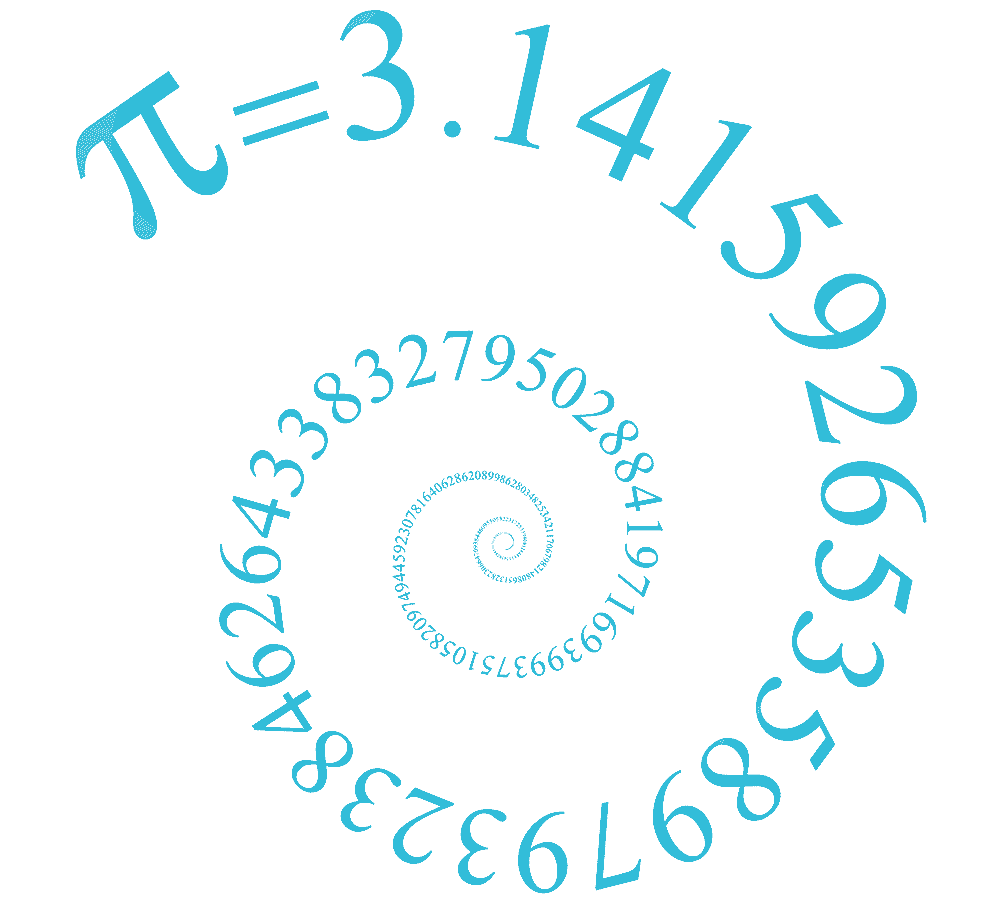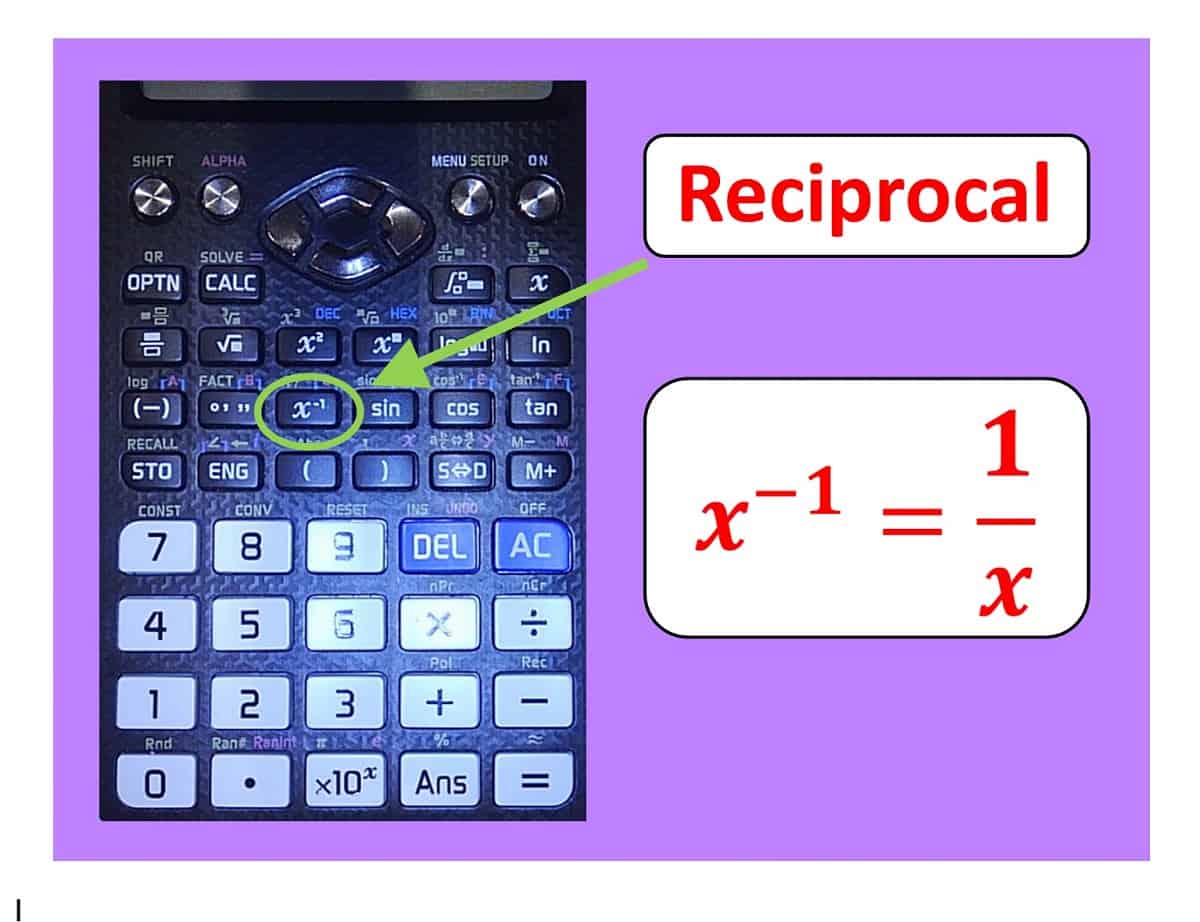A QUICK REMINDER:
The reciprocal of a number is:
either: turn it upside down
or (equivalently): one divided by that number.
So the reciprocal of $\frac{2}{3}$ is $\frac{3}{2} = 1.5$ and the reciprocal of $5$ is $\frac{1}{5} = 0.2$.
Note that the first definition always works if you think of e.g. $5$ as being $\frac{5}{1}$.
Every number has a reciprocal, except for zero (because 1$\div$0=math error = can’t be done = very naughty!!).
SO WHAT’S THE POINT?
1) A Reciprocal is a multiplicative inverse: multiplying by a number and then by its reciprocal gets you back where you started. e.g. $17 \times \frac{3}{5} \times \frac{5}{3} = 17$. So the reciprocal does for multiplication what negative numbers do for addition (because e.g. $17 + 2.4 \space – \space 2.4 = 17$ so, again, right back where you started).
2) To divide by a fraction you multiply by its reciprocal
e.g. $\frac{2}{7} \div \frac{3}{7} = \frac{2}{\cancel{7}} \times \frac{\cancel{7}}{3} = \frac{2}{3}$. Here’s why “keep change flip” works.
3) Indices: to the power of minus one means reciprocal
e.g. $6^{-1} = \frac{1}{6}$
There is even a reciprocal button on the calculator: labelled $x^{-1}$
4) If a is inversely proportional to b then a is proportional to the reciprocal of b. NOTE: this means that if you double one quantity you halve the other, such as speed and time over a fixed journey (travelling twice as fast halves the journey time).
5) In coordinate geometry, you can tell if two lines are perpendicular because their gradients will be negative reciprocals e.g. $y=\frac{5}{7}x+c$ is perpendicular to $y=\frac{7}{5}x+c$
AT A-LEVEL:
6) In transformations of curves,the graph of $y=f(kx)$ is the same as the graph of $y=f(x)$ but stretched in the x-direction by a scale factor not of k but of $\large{\frac{1}{k}}$ so the reciprocal of k. This means that $y=sin(2x)$ looks just like the graph of $y=sin(x)$ but “squished” in the horizontal direction to make it twice as thin (or half as wide).
7) Make sure you can draw the graph of the reciprocal function y=1/x. Being able to visualise algebra by sketching curves is one of the key techniques of A-level maths!
8) In Year 13 trigonometry we meet the reciprocal trigonometric functions y=sec(x), y=cosec(x) and y=cot(x). Having these new ways of writing 1/cos(x), 1/sin(x) and cos(x)/sin(x) allows us to write complicated trigonometric expressions more easily by removing the fractions.
AT FURTHER MATHS A-LEVEL:
9) Meet the reciprocal hyperbolic functions y=sech(x), y=cosech(x) and y=coth(x). These new ways of writing 1/cosh(x), 1/sinh(x) and 1/tanh(x) allow us to write complicated hyperbolic expressions more easily by removing the fractions. Hyperbolic functions are used to parameterise the hyperbola (a type of conic curve made from slicing through a cone) and are super useful in integrating certain rational functions e.g. $\int \frac{1}{\sqrt{x^2-1}}dx=arcosh(x) + c$
As you can see, the reciprocal is very useful in maths so it’s well worth having a word for it!

